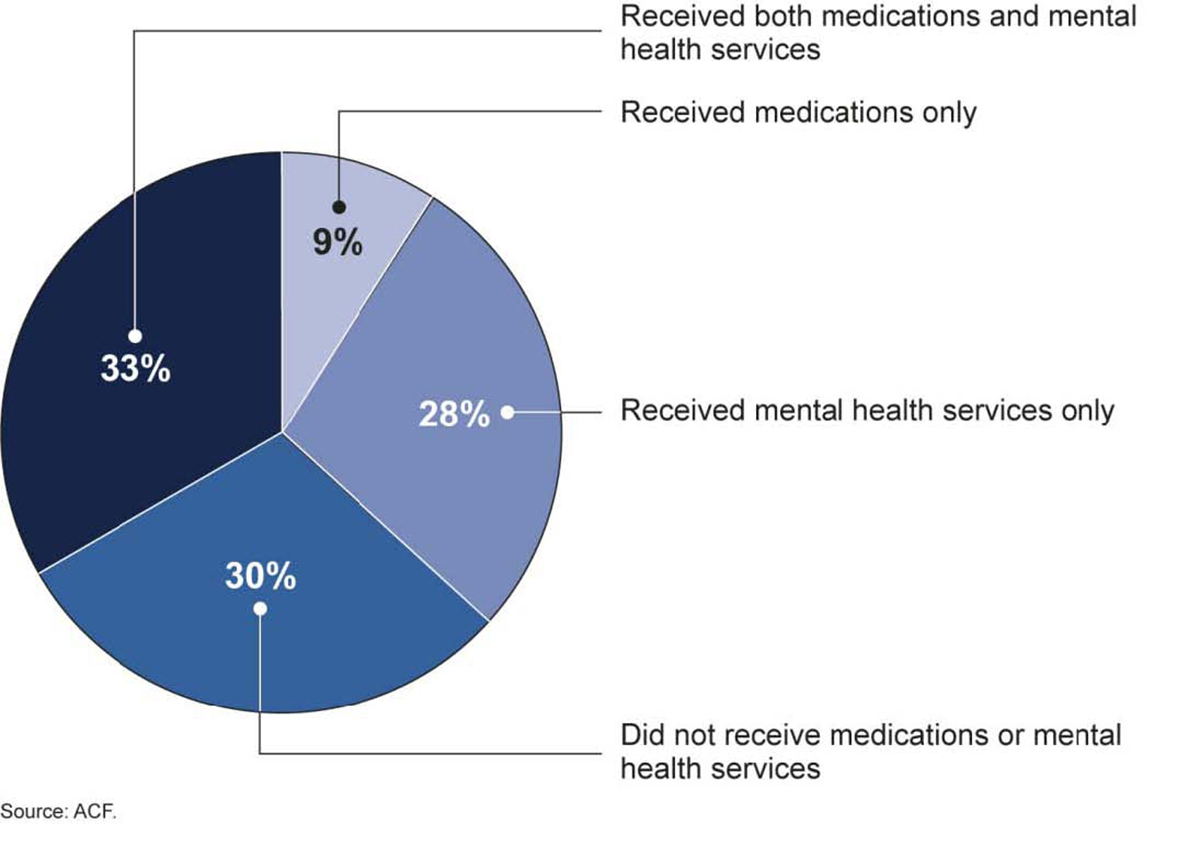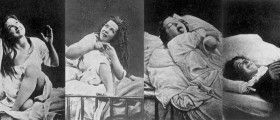
Prehistoric Times
Drawing conclusions about the presence and types of mental disorders that existed before our ancestors started keeping records is a difficult task. However, evolutionary psychologists believe that psychological and social processes were present during prehistoric times.
Ancient Egypt, India, and China
Egyptian records Ebers papyrus point out to the existence of attention and concentration problems as well as emotional issues in Ancient Egypt that may have helped with the later classification of hysteria and melancholy. Treatment seems to have included washing with human liquids, and taking drugs to induce hallucinations. In addition, Indian records of Ramayana and Mahabharata allude to the fact that in ancient India people recognized depression, anxiety, and various personality types. Possible triggers for psychological disturbances were poor eating habits, rudeness in the direction of gods or teachers, and so on. Treatment consisted of using botanicals, prayers, and shocks on a person. In Ancient China, records show that people pointed out the connection between the state of our inner organs and the mental state, and treated emotional disturbances with acupuncture, and various weeds and spices. Ancient Greece and Rome
In Ancient Greece, Hippocrates was one of the first persons in history to reject the idea that mental disturbance was caused by supernatural elements. Instead, he believed that an individual’s living practices, as well as environmental agents, caused psychological problems. Hippocrates also classified mental disturbances into melancholia, mania, phobias, and phrenitis, and focused on the scrutiny of exhibited behavior. In ancient Greek and Roman cultures, emotional problems were usually linked with careless drifting and violent acting. Further, the Romans, did not imprison those believed to be psychologically disturbed, and they treated them with proper nutrition and massages. Romans also focused on observing isolated symptoms rather than taking into consideration a broad spectrum of behavior. Some claimed that a disturbed individual should turn to philosophy and building personal strength, while others were the supported of practices such as tortures and exorcisms to bring back rationality. Persia, Arabia and the Muslim Empire
The Arab people were focused on translating the Greek writings, and therefore were influenced by the Greek perspective. In their texts there was mention of melancholia, mania, and hallucinations. In Arabia, people believed madness was caused by a loss of logic, and they also made a connection between human behavior and the brain, rather than inner organs. The Arab writers discussed many psychological problems and treatments ranging from depression, obsession, and anger to counseling, positive reaction to music, and building trust in the disturbed person’s environment. The first humane mental hospital, as we know it today, was created in Baghdad over a thousand years ago, and cities like Cairo, Damascus and Aleppo followed suit. Psychologically disturbed were treated with gentle baths, various drugs, music and activities. In the years to come, the Muslim world served as the biggest influence on the European Renaissance cultures in terms of science, medicine, and philosophy.
Christian Europe
The Middle Ages saw a decline in scientific and intellectual prosperity. The people again believed mental disturbances were caused by supernatural forces and evil spirits. The kind of treatment applied to cure a person was bloodletting and whipping, to drive the demon out. Although the notion that mental disturbance was caused by sin was generally accepted, other causes like poor diet, and alcohol were also considered.
16th to 18th Century Europe
The early modern era in Europe saw an influx of mad and workhouses, which alludes to the fact that families no longer cared for their disturbed relatives, but rather had them hospitalized. Individuals were being held imprisoned and in restraints if considered dangerous to self or others. During this period, madness started to appear as one of the subjects in literature as it was being deeply explored. However, the disturbed were often perceived as incapable of genuine human emotion as wild animals, and were as a result treated as such. However, by the end of the 18th century, a more humane movement in treating the psychologically disturbed started to emerge, first in Italy, then France, and finally England and the United States. 19th century Europe
During the 19th century, and the expansion of industrialization and population growth, the number of insane asylums increased drastically, and the people confined were those presumed insane by family members and hospital administrators. The living conditions were harsh as the hospitals were overcrowded by patients and ran by incompetent caretakers. The 19th century also saw different classification systems, and the appearance of terms such as psychiatry and psychiatrist.
20th and 21th Centuries
At the beginning of the 20th century, the psychoanalysis gained momentum while at the same time mood disorders were regarded as different from disorders like schizophrenia. Asylums were being renamed into hospitals, inmates into patients, and the superintendents started to work on the betterment of the image and rank of their chosen career. As a result, clinical psychology and social work emerged next to psychiatry. The focus in the 21th century has been on the improvement of the classification system DSM -5, in particular to deal with high percentages of comorbidity. The criteria listed in the DSM – 5 are easily accessible in the scientific circles.

















Your thoughts on this
Loading...